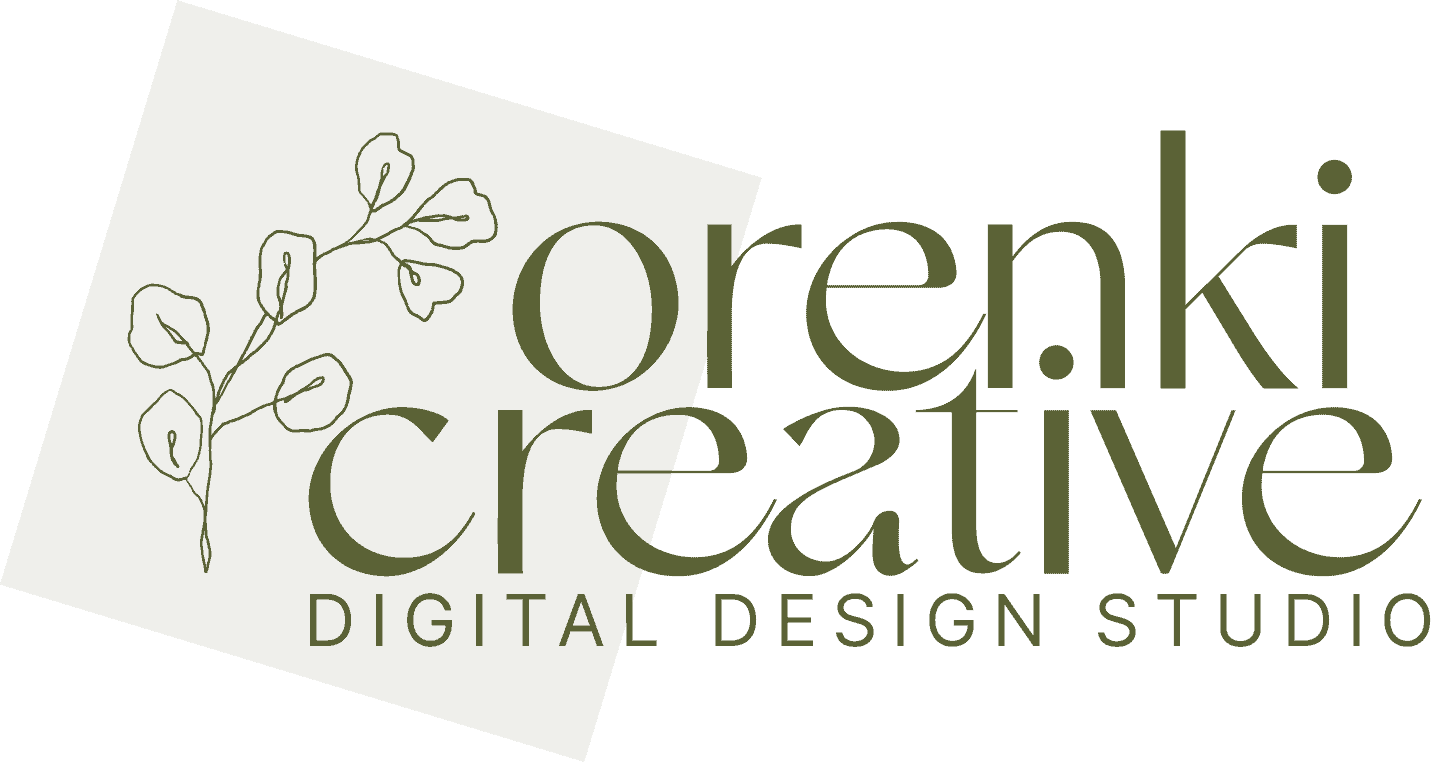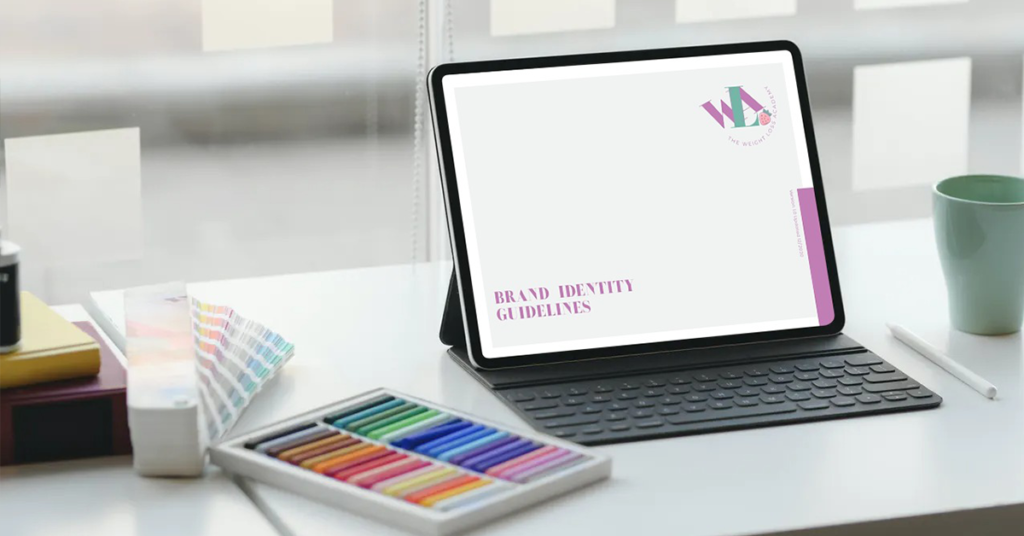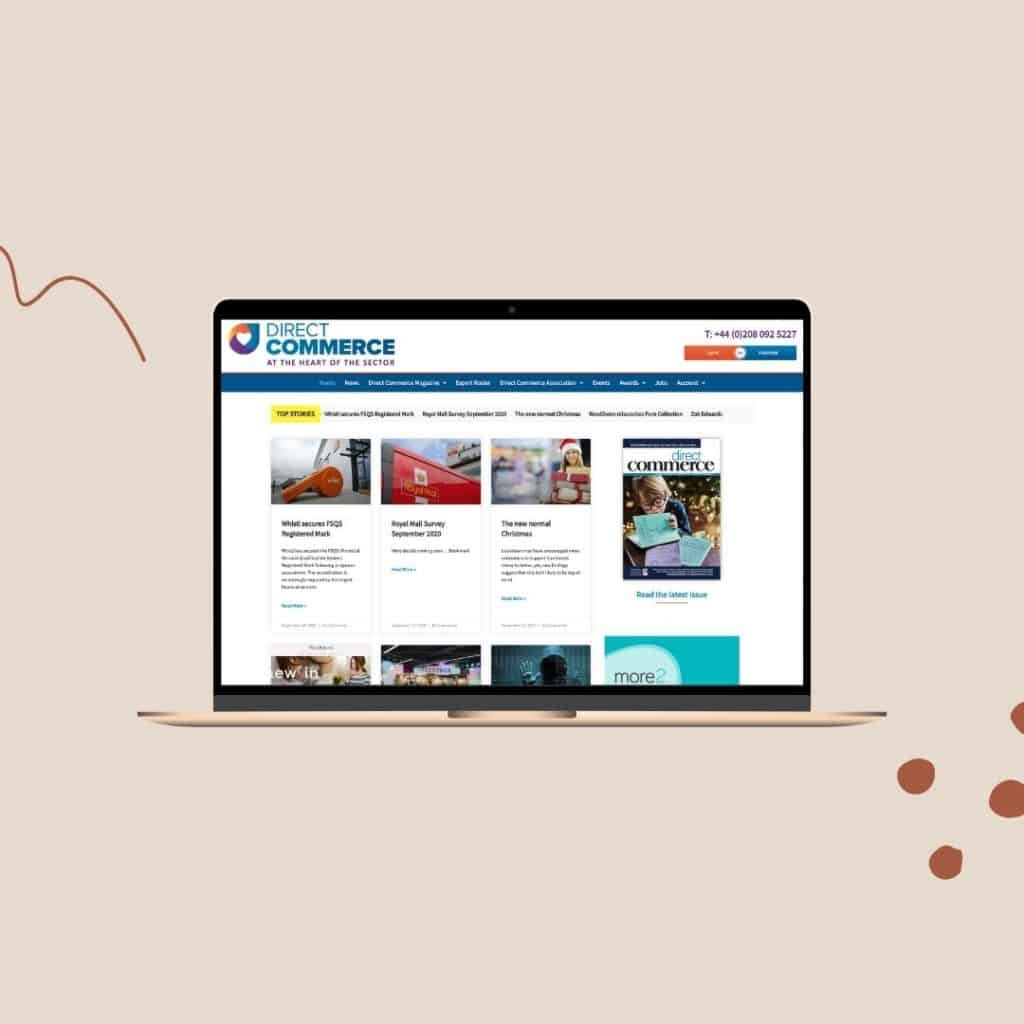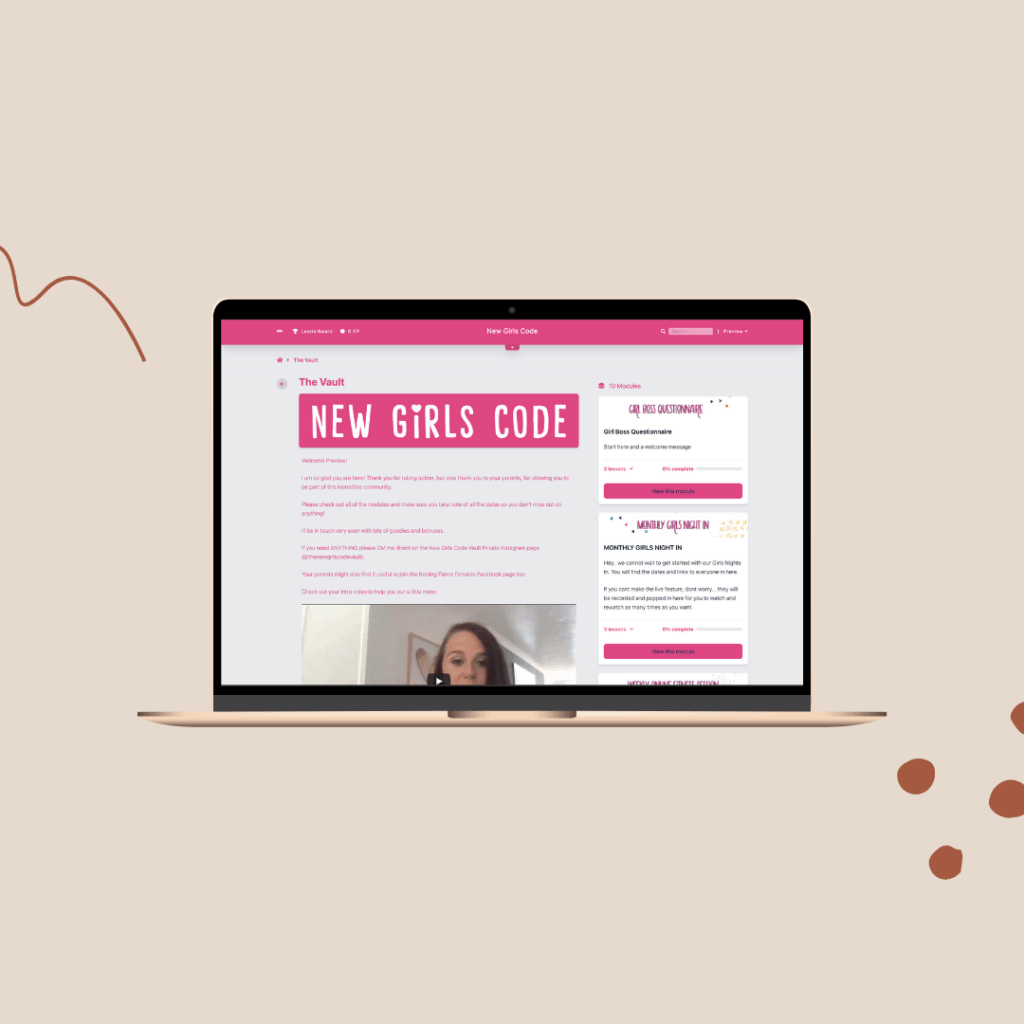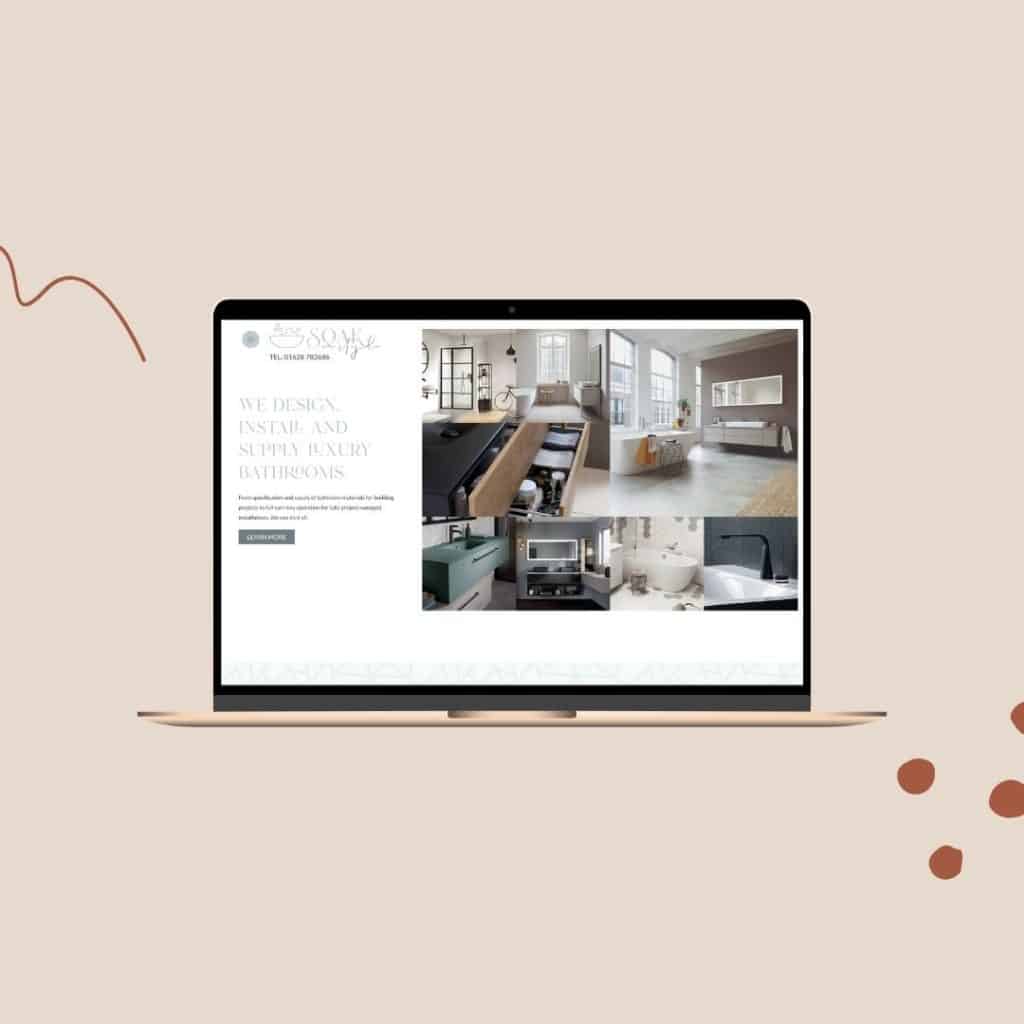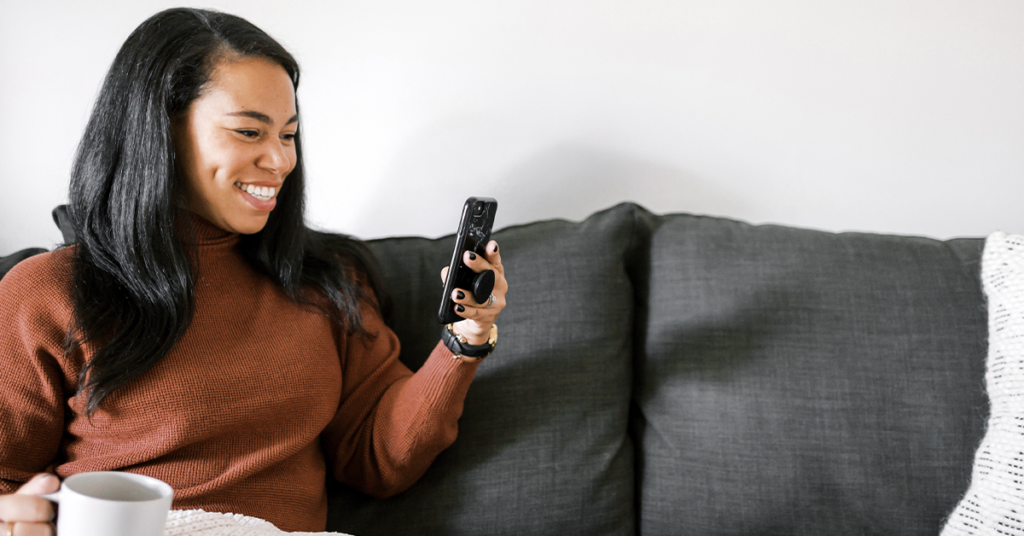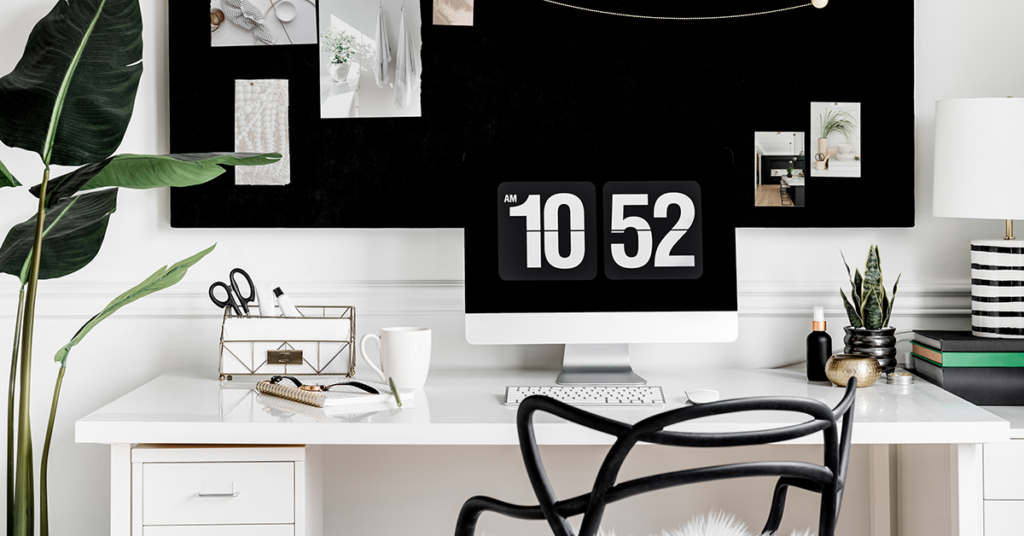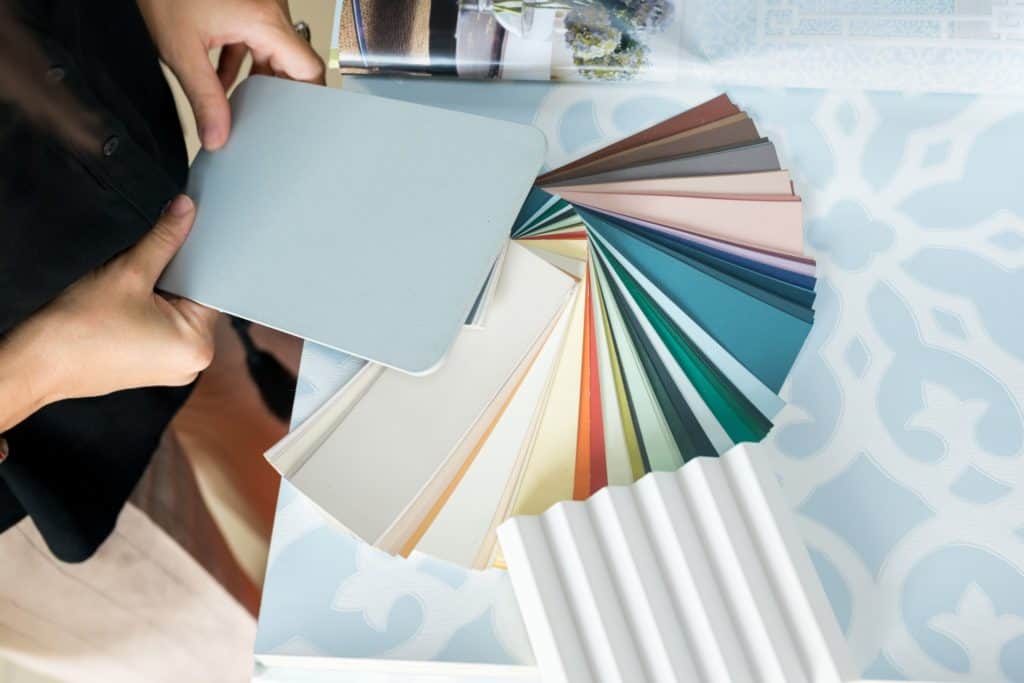Whether you are starting a new business or revamping an existing one, before long you will have to think about your business’ brand.
Sounds easy, right? I mean you have your own favourite colours and your clothes match, so it shouldn’t be too difficult.
Sorry to disappoint you, but your branding is not about you. Yes, you have to like it, but you need to put yourself in your audience’s shoes.
So, before you rush ahead and start making decisions on a whim, let’s look at what is involved and what you have to consider.
1. Your Brands Goals
What does your business stand for? It’s a tough question. So, let’s imagine your brand was a person. How would you describe them? Are they serious? Funny? Bold?
Once you have chosen a few words to describe your brand, colours should come to mind.
2. The Psychology of colours
It is widely known that colours evoke emotions in others. Although it is subjective, the range of emotions are usually very similar.
For example, let’s look at the colour orange. What comes to mind when you think of it? Maybe fun, energetic, friendly? Now think of brands that use the colour orange. Nickelodeon, Fanta, Firefox, Orenki?
See where we are going? Think of how you want your audience to feel and choose colours based around those emotions.
3. Location is important
You might only be starting off, but that doesn’t mean you won’t have plans to expand.
Colours can have meanings for people, but you also need to consider the meanings they have in different countries and cultures.
So, if you plan on breaking into the Greek market, then you need to steer clear of the colour yellow.
4. Gender
While men and women can be attracted to the same colours, sometimes there are colours to avoid. However, not all women love pink and not all men love blue. There are lots of colours in the rainbow, so perhaps a gender-neutral colour is more your thing.
Knowing who your target market is, can help narrow down your choices.
5. Typeface
We may have been talking about colours, but don’t neglect your typeface. Just like choosing colours, you need to know how it will go down with your audience.
The fonts you choose need to be centred around your brand goals and who you want to attract to your business, rather than what you think looks ‘pretty’.
5. Experiment
It is easy to stick to what we know and play it safe. Stepping out of our comfort zone is difficult but don’t be afraid to take a risk.
Think outside the box. Experiment with new ideas that appeal to your ideal client rather than what you like.
6. Brand Recognition
You want people to remember you. However, you want them to remember you for the right reasons.
It is easy for new businesses to get lost, so your branding is a great way to stand out from the crowd. Even if you decided to play it safe with colour, you can still add other elements to your brand to make sure you are remembered.
7. Research the competition
Have a look at your competitors. What are they doing? What branding did they choose?
This is where you can decide to follow what is working or look for things they haven’t done. How can you stand out amongst your competitors?
8. Create a mood board
Mood boards are a visual representation of your brand. There is a lot of thought that goes behind making one and they can take your business to the next level.
Mood boards use all of the points above to give you a visual representation of your brand.
When you create a mood board, it helps to see what the inspiration is and it can help design your brand. However, it is also great at keeping your brand on the right track in the future.
INSERT IMAGE
As you can see there is a lot more to it than you think. Creating a brand requires you to think of many outside factors and choose what works for you and your audience.
We have worked with small businesses and start-ups to help them stand out from the crowd and find their brand identity.
You can check out our portfolio and see what we have created.
